Marking The Hours With Konstantin Chaykin On The First Tourbillon Clock To The Joker
Based in St. Petersburg, Chaykin is a true renaissance man - an entrepreneur, inventor, and visionary who has charted his own inimitable path. Konstantin began his journey into independent watchmaking at the turn of the millennium when the art was all but lost in Russia. Teaching himself through relentless experimentation, he mastered the consummate skill of conceiving, designing, and hand-crafting intricate miniature mechanical marvels from start to finish.

What sets Chaykin's creations apart is their individuality and artistry. His watches defy conventional notions of timekeeping, drawing inspiration from photography, cinema, astronomy, and beyond.
We caught up with him to discuss his journey, challenges of independent watchmaking and more!
THM: You began your journey by making a clock with a tourbillon and not in the traditional way of studying watchmaking. Tell us about your journey.
Konstantin: I started building my first watches in 2003 as an entrepreneur, not a watchmaker. Initially, I planned to design the watches and outsource the intricate work to a master craftsman. However, when the craftsman couldn't start for three months, I had to teach myself watchmaking from scratch.
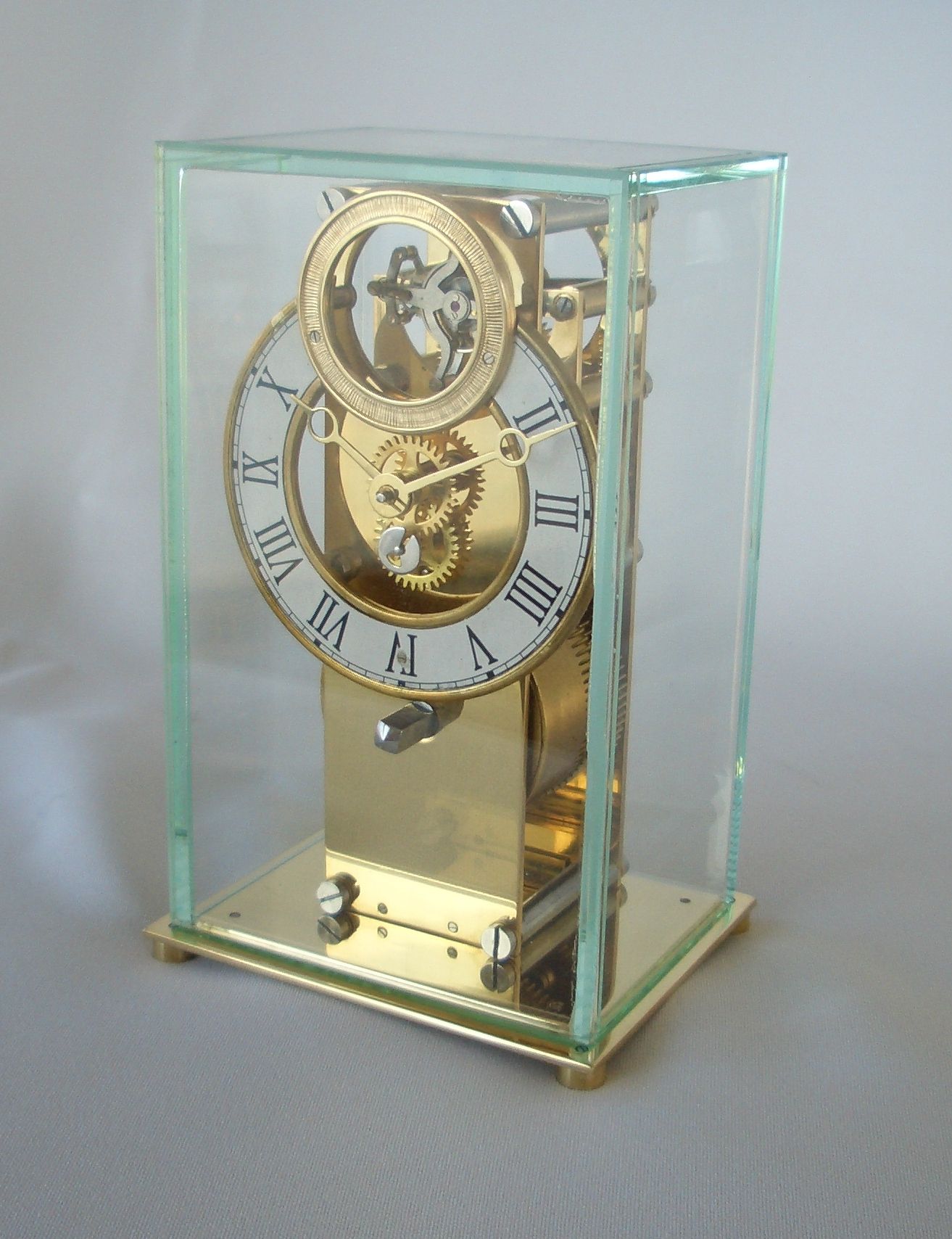
At that time, there was little watchmaking expertise in Russia, as I was the first independent watchmaker attempting such complex pieces. Being a small business owner with limited funds, I couldn't afford expensive equipment for experiments. Through research, I purchased an inexpensive Bergeon lathe for around $1,500 to begin.
Using CorelDraw for the initial designs, I embarked on building a tourbillon movement over six months as a learning prototype. The tourbillon, an intricate complication, seemed like an ambitious yet potentially lucrative endeavor for an entrepreneur like myself. While not aesthetically refined, completing this complicated student project gave me hands-on mastery that launched my independent watchmaking career.

THM: How many of these clocks did you actually make and sell?
Konstantin: The first three tourbillon watches I made between 2003-2005 were not sold commercially. The initial watch remained with me at the manufacture as a prototype. The second piece is now displayed at a museum, while the third resides in my Odessa office. It wasn't until 2006, after three years of experimentation and honing my skills, that I was able to sell my fourth tourbillon timepiece. Those first three watches served as unsold learning pieces that allowed me to master the intricate art of watchmaking and complex tourbillon complication before achieving a commercially viable product on the fourth attempt.
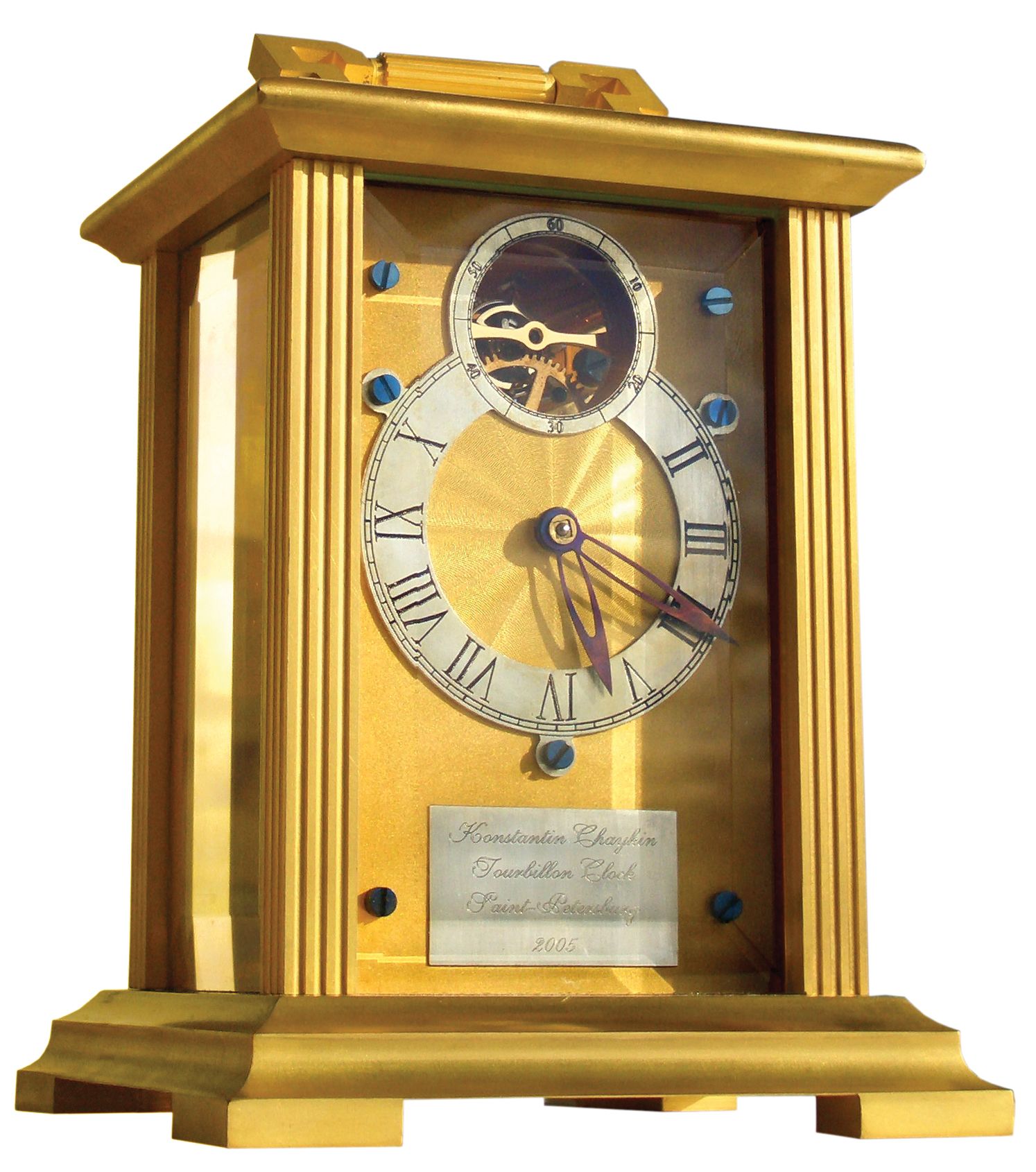
While not intended for sale at the time, the initial trio of tourbillon watches have become important artifacts - one showcased in a museum exhibition, another an brand office display piece, and the original prototype still here at the manufacture where my independent watchmaking journey began.
THM: You have previously mentioned that one of your strong inspirations was Abraham Louis Breguet. What have you taken away from him as a watchmaker?
Konstantin: Breguet had a strong influence on me, of course. A few months after I began making my first watches in 2004, I visited an exhibition called "Breguet in the Hermitage" at the famous museum in St. Petersburg. Seeing Breguet's incredible watchmaking accomplishments from 200 years ago in just one small hall left me deeply impressed and inspired. I realized that if such complexity was possible back then, I too could continue working diligently to create interesting and complicated timepieces.
That Breguet exhibition, though modest in scale, provided the motivation to persevere on my independent watchmaking journey. If the master could achieve such ingenuity centuries ago, then I had to keep striving to carry on that legacy of horological artistry and innovation.
THM: So would you say that Abraham-Louis Breguet the inspiration behind you actually making your first tourbillon?
Konstantin: While Abraham-Louis Breguet was certainly an inspiration, another major influence was the company Progress, which began producing relatively inexpensive tourbillon watches around the same time I started my watchmaking journey in the early 2000s.

The emergence of Progress's accessible tourbillon pieces coincided with my own ambitions, making me realize there could be an opportunity in this still nascent space before the inevitabile rise of Chinese tourbillon manufacturers.I knew Breguet as the inventor of the tourbillon complication, and Progress had demonstrated it was possible to create more affordable iterations. Seeing their modest tourbillon watches hit the market gave me the impetus to also try my hand at building a tourbillon mechanism and carving out a niche before any Chinese competitors arose.
With an iconic master like Breguet demonstrating the heights of possibility, and Progress showing a mid-tier path was viable, I felt emboldened to pursue my own independent tourbillon project at a pivotal moment before that complication became widely mass-produced.
THM: Tell us a little bit about the space program at Konstantin Chaykin?
Konstantin: We have a wide range of watches related to astronomy and space exploration. The first major astronomical watch in our history was the Lunafod, released in 2011, featuring lunar complications.
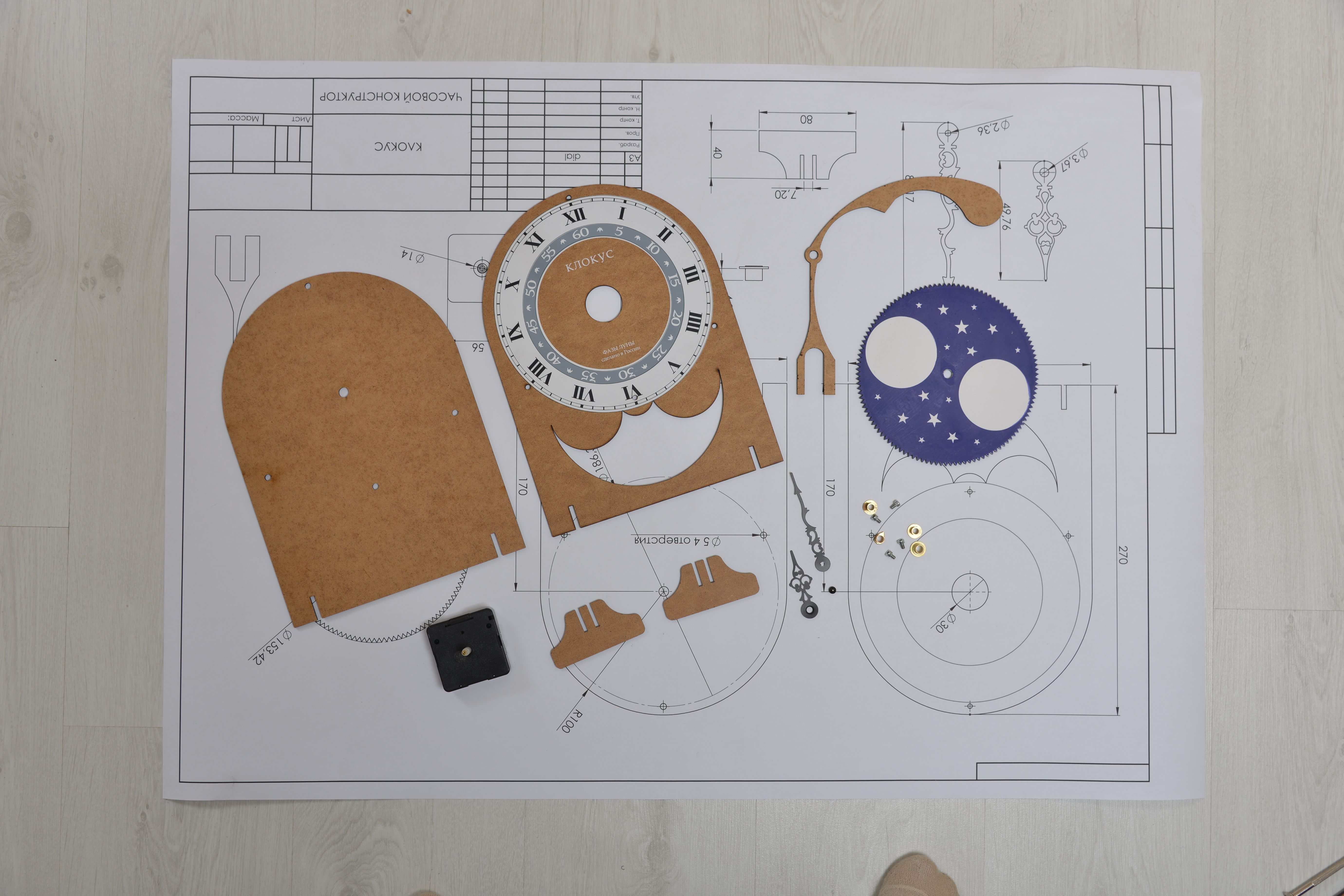
However, our dedicated space watch collection began in 2018 with the Mars Conqueror Mark I - the first watch to indicate Martian timekeeping. Later that year, we unveiled the Mark III Fighter, a limited edition of just 8 pieces, which is now displayed in our manufacture museum.

Continuing to push boundaries, one of the most intricate space complications I've developed but not yet released is a module displaying the real-time distance between Mars and Earth. I look forward to incorporating that into a future watch. In addition, I created a special timepiece for use by Russian cosmonauts in cooperation with Roscosmos. This rugged space-rated watch has accompanied four different Russian astronauts on missions, enduring real open space vacuum testing across those four extravehicular outings.
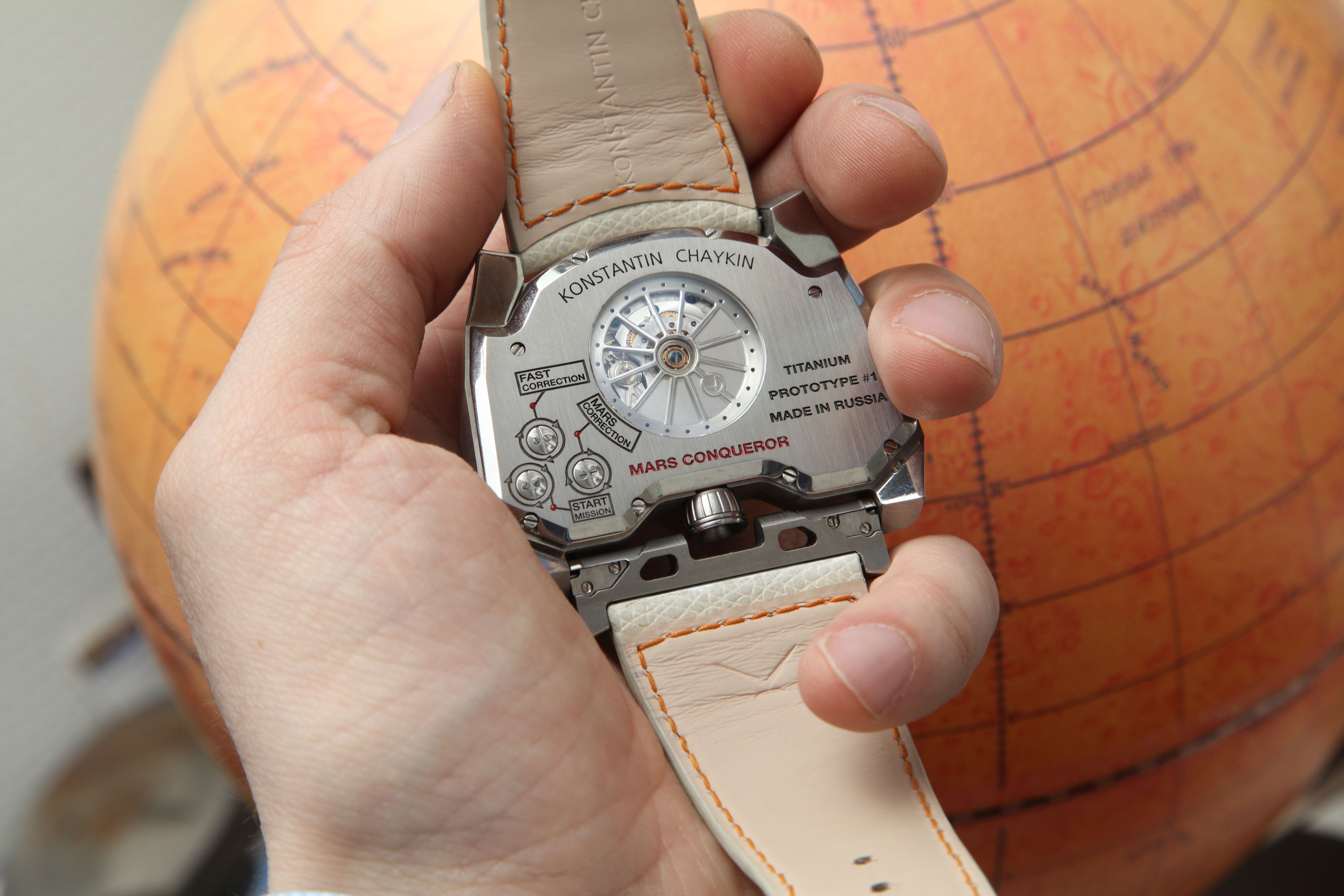
THM: You have around 80 patents for your complications and done some interesting watches like the Cinema. What inspires you to come out with these concepts?
Konstantin: This project was more like a form of mechanical cinematic art rather than a highly functional complicated timepiece. Its appeal lies in the artistic expression rather than horological complexity.
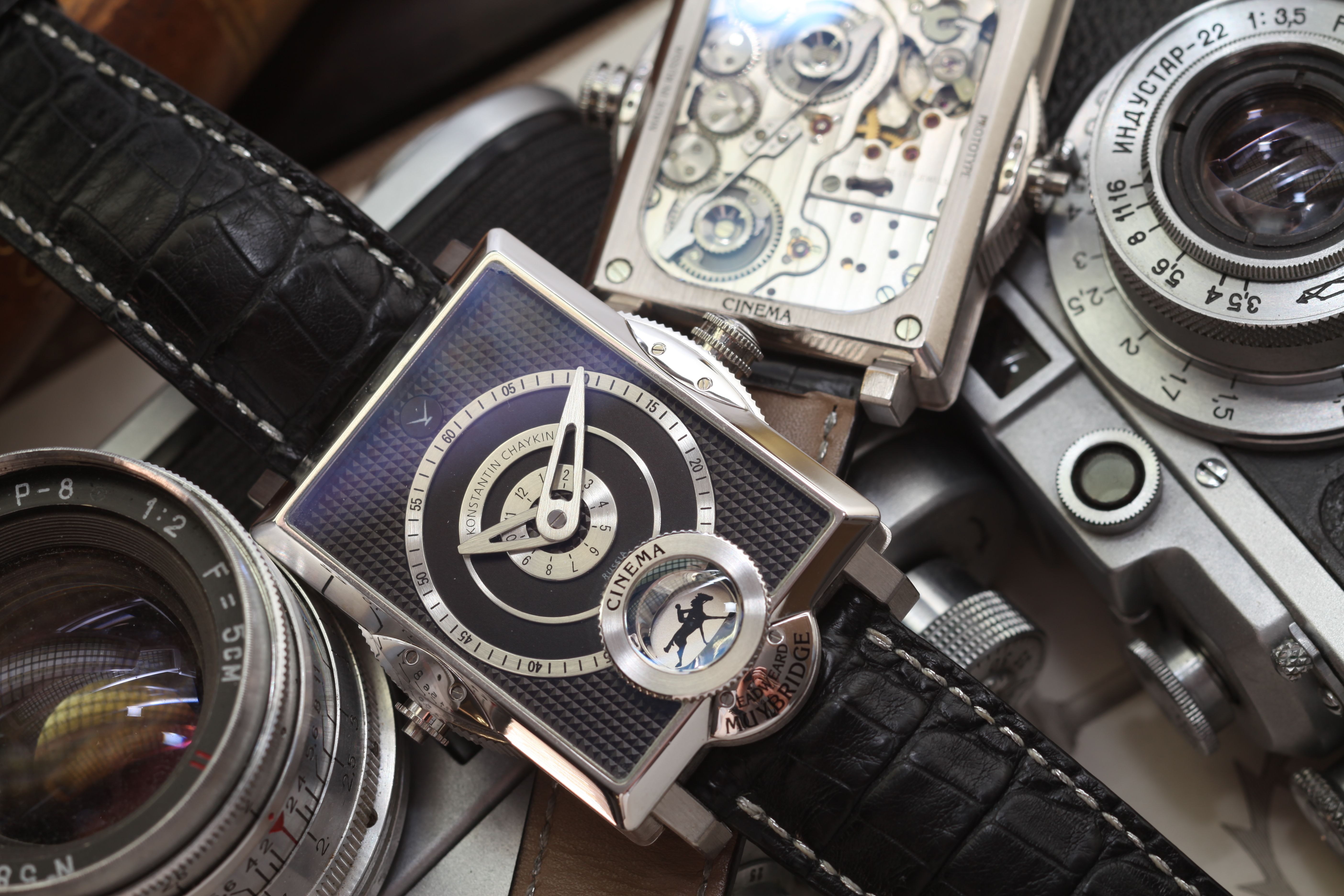
The story behind this "motion picture" watch began on April 9th, 2012 - the birthday of pioneering photographer Eadweard Muybridge. I happened upon the Google Doodle celebrating Muybridge that day and was inspired by his iconic images capturing motion sequences. Reading about how Muybridge created those groundbreaking moving image studies gave me the idea to translate that into a miniature mechanical animation housed inside a wristwatch case. Instead of using his zoopraxiscope disk with images viewed in a spinning mirror, I sought to apply the fundamental principles of early cinema cameras like the Lumière brothers' for my tiny motion picture device.
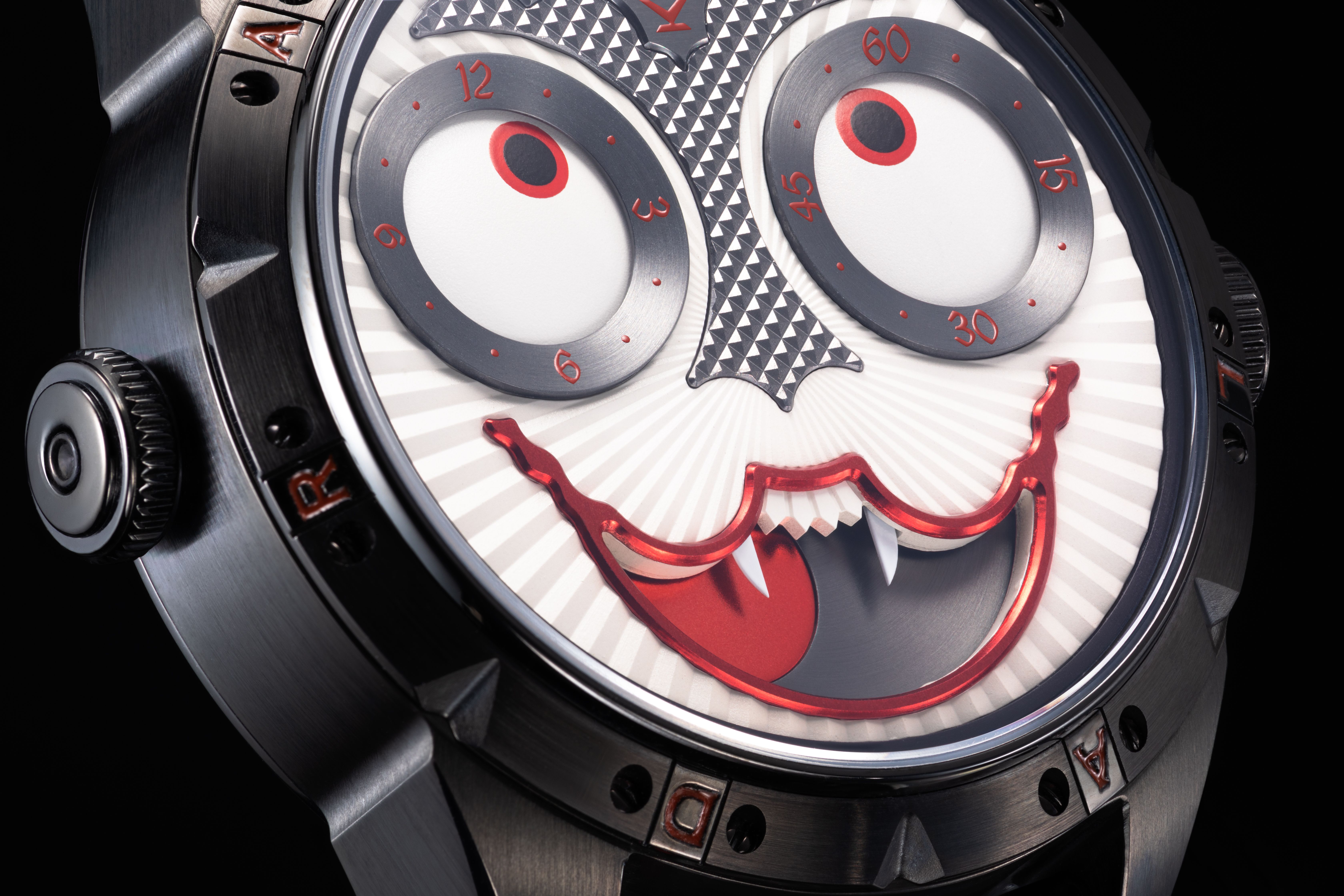
After conceptualizing for a year, in 2013 I introduced this novelty piece at Baselworld - a watch that displayed a looping 12-frame animation sequence, reminiscent of Muybridge's galloping horse. It was a hit, making Watch Insiders' list of the Top 5 Baselworld 2013 watches for its cinematic artistry in a miniaturized format
THM: How did you come up with the concept of the Joker, a watch widely famous in India?
Konstantin: The story really began with the cinema watch I mentioned earlier. When I unveiled it at Baselworld, people were awestruck watching the looping animation come alive at the push of a button. No visitor left without a sense of wonder and delight. That cinematic experience made me realize one of the most important aspects of watchmaking is evoking emotions in the audience. With the cinema piece, that feeling was somewhat hidden until activated. But I wanted to create something that could elicit an emotional response at first glance.
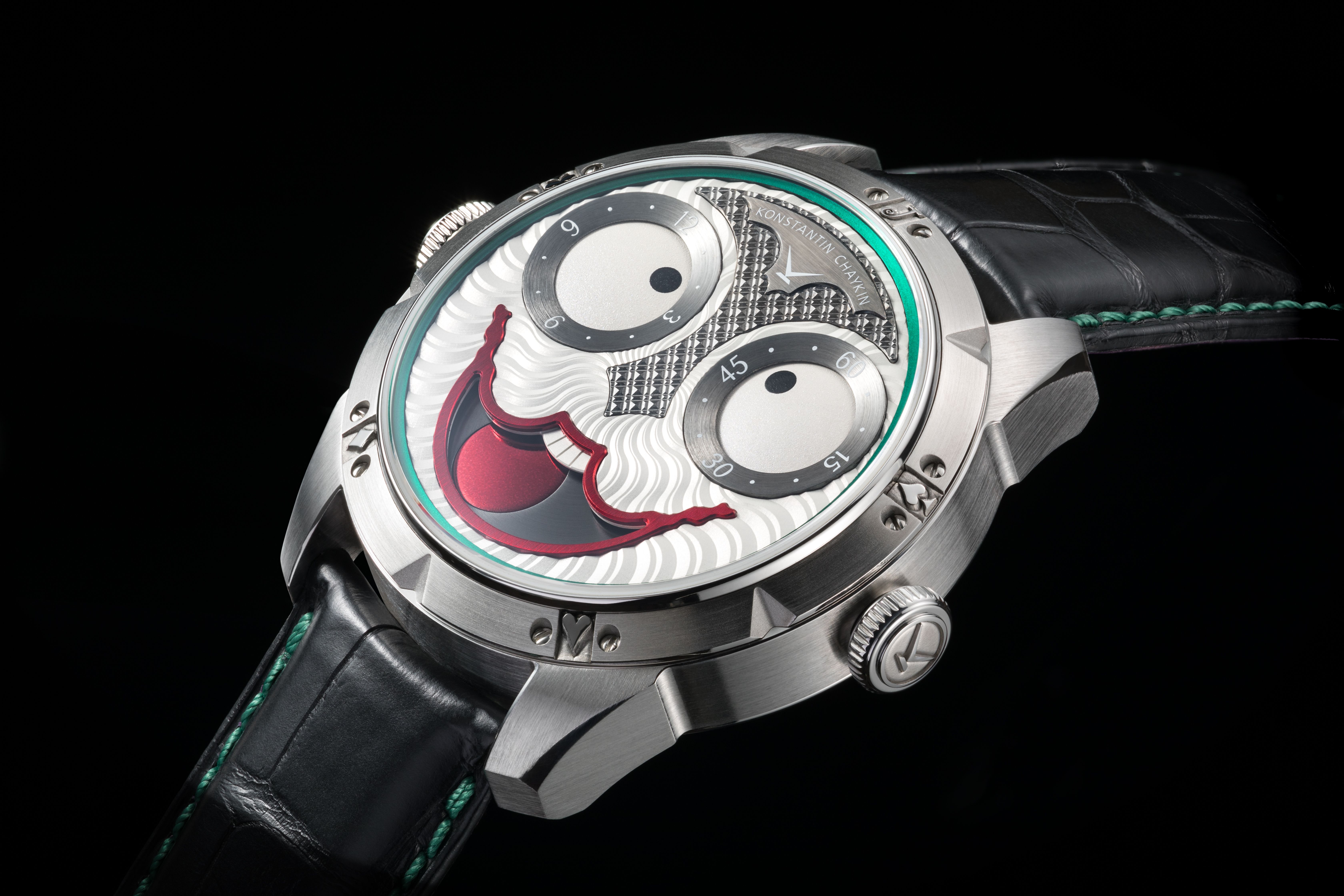
My lifelong connection to art led me down this path. I've always been drawn to works that anthropomorphize subjects, as the most evocative pieces tend to depict the human form, face, or figure in some way. Starting in 2013, I began sketching dial designs with humanistic traits that could be translated into watch displays. In parallel, I was also exploring Judaica timepieces like my Decalogue model which featured an inverted moon phase Display - a complexity I later adapted into a children's constructor watch in 2015.

So by 2015, I had this convergence of quasi-anthropomorphic dial ideas along with the inverted moon complication. The merging of those two concepts ultimately led to the birth of the Minion collection.

THM: In terms of watchmaking, do you make the watches yourself or do you have a team of people?
Konstantin: We have a team of about 60 people who make the watches but the complicated projects are still taken over by me.
While independent watch brands face challenges to scale and make a mark amongst the big boys, their watches are sure to watch out for.
No articles found





